Waving, not drowning: gestures, not touch will drive PCs
In his latest Inside the Enterprise column, Stephen sets his sights on Apple's iPad.

Apple's iPad now on sale in the US, and due here in a few weeks' time could renew interest in the idea of touch interfaces for business computers.
Touch interfaces are not a new idea, though; they predate the iPad, and even the iPhone, by more than two decades.
The honour of the first practical, touch-based PC goes to HP, which launched its HP-150 in the 1980s yes, the Eighties you know, big hair, Audi Quattros, that sort of thing.
The HP-150 used an array of infra-red sensors in front of a nine-inch CRT screen, which allowed the user to operate the interface without quite touching the monitor.
Unfortunately for HP, though, the computer was expensive, and although it could run MS-DOS, it was not fully IBM-PC compatible. The touch screen version failed to sell in large numbers. But unlike today's consumer-driven touch screen devices, the HP-150 was squarely aimed at the enterprise.
There is little doubt that devices such as the iPad will make more of an impact on the enterprise than the HP-150 ever did, not least because technology companies are so much better at marketing their wares now, than they were back in 1983.
HP, for its part, has soldiered on with touch-interface PC designs, such as its TouchSmart series. Other manufacturers are also adding touch-driven computers to its range, including a number of netbook devices based around the Android operating system.
Sign up today and you will receive a free copy of our Future Focus 2025 report - the leading guidance on AI, cybersecurity and other IT challenges as per 700+ senior executives
Analysts, though, maintain that sales of such devices to business users will remain low. Gartner, for example, believes that just 10 per cent of PCs "sold to organisations in 2015 for mainstream knowledge workers" will have touch screens.
-
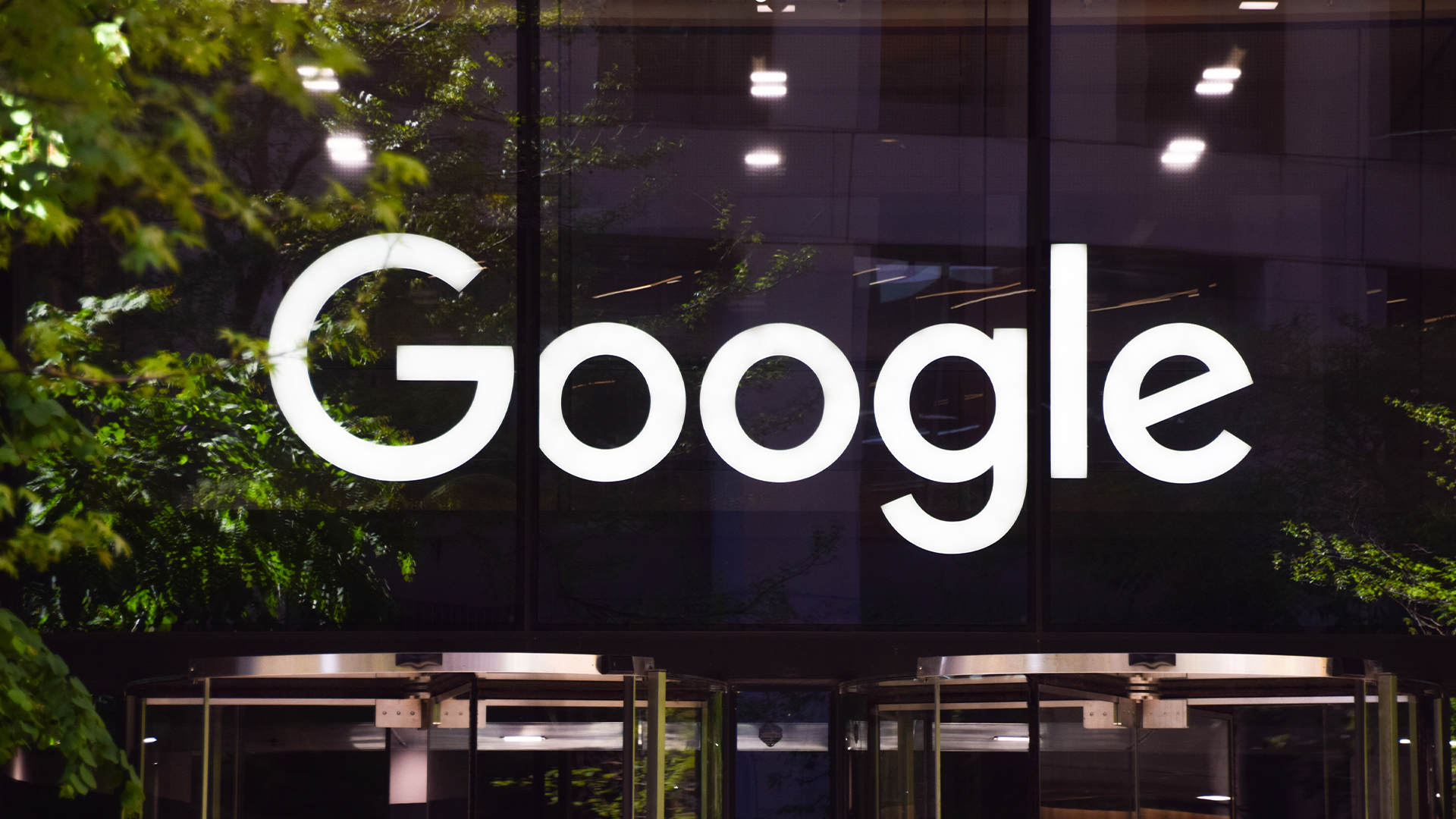 Google is scrapping its dark web report feature
Google is scrapping its dark web report featureNews Google said while the dark web report feature offered “general information”, the tool didn’t provide “helpful next steps” for users potentially impacted by a breach.
-
 AI means you're probably going to need bigger developer teams
AI means you're probably going to need bigger developer teamsAnalysis Software developers may be forgiven for worrying about their jobs in 2025, but the end result of AI adoption will probably be larger teams, not an onslaught of job cuts.
-
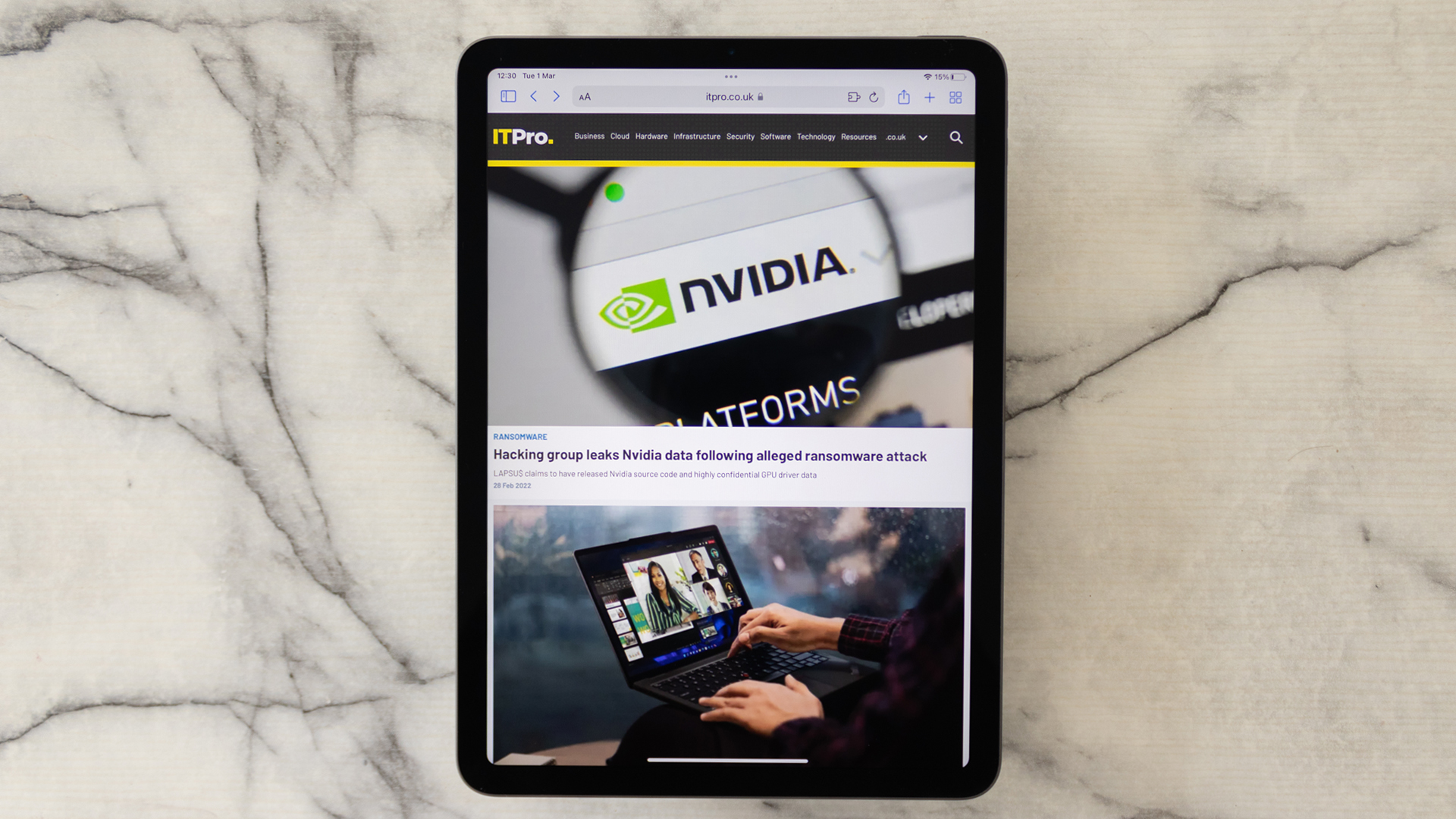 Apple iPad Air (2020) review: The executive’s choice
Apple iPad Air (2020) review: The executive’s choiceReviews With the iPad Air’s most recent redesign, Apple has delivered the best bang-for-buck tablet money can buy
-
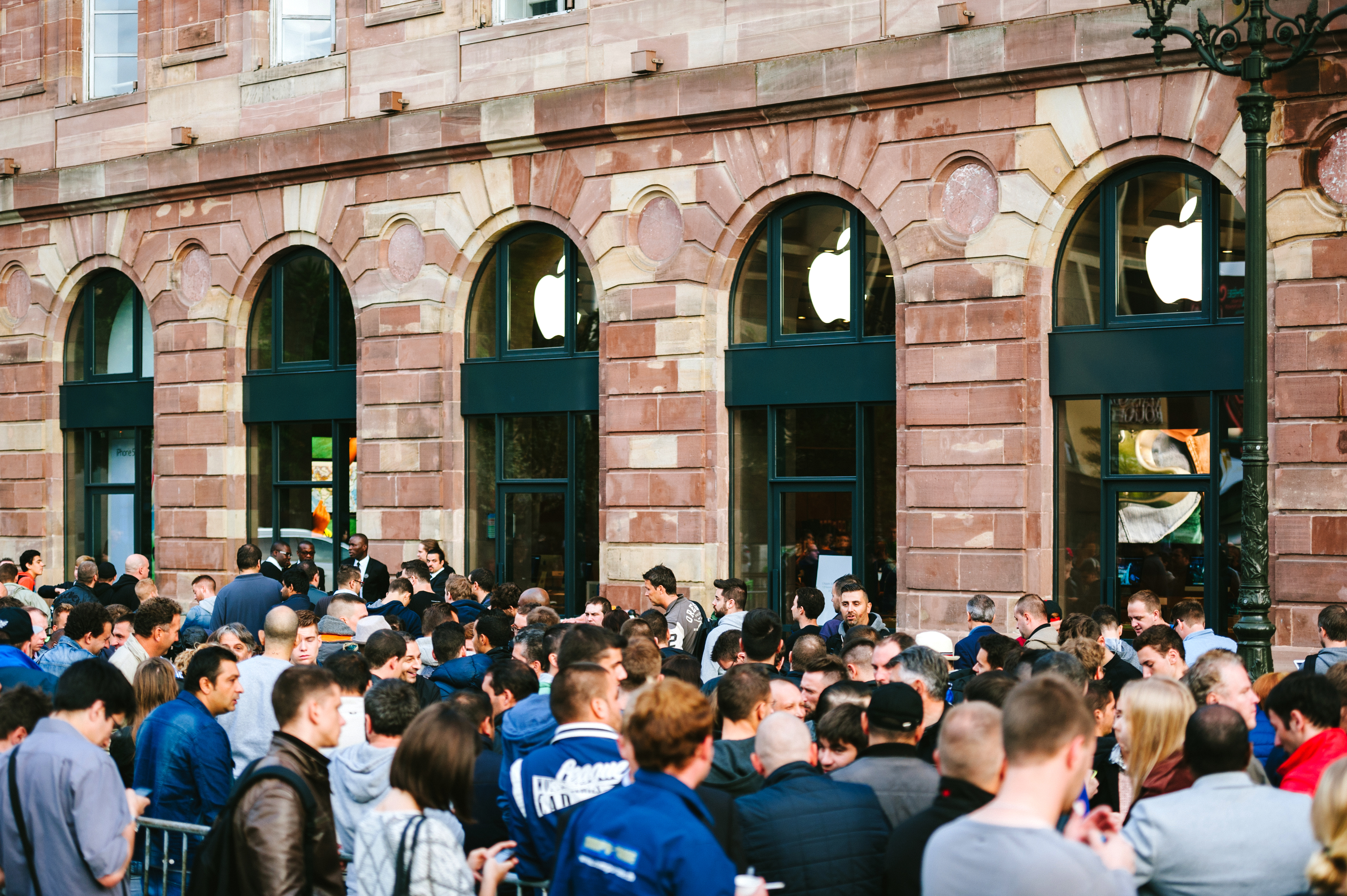 In praise of the early adopters
In praise of the early adoptersOpinion The IT industry needs early adopters like you – and tech that fell by the wayside should still be celebrated
-
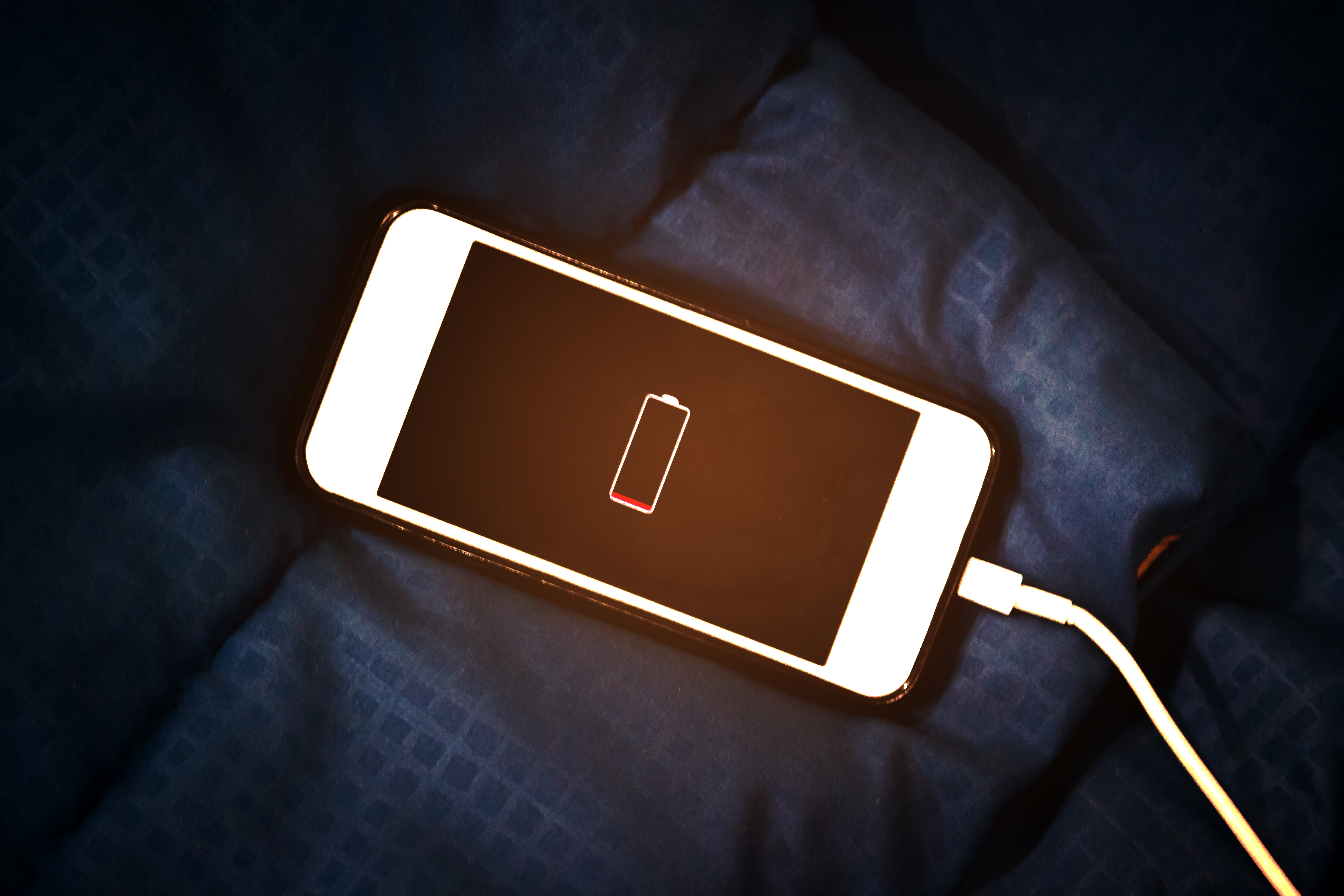 Apple is experimenting with attention sensors to save battery life
Apple is experimenting with attention sensors to save battery lifeNews Your next Apple device may shut down if you are not paying attention to it
-
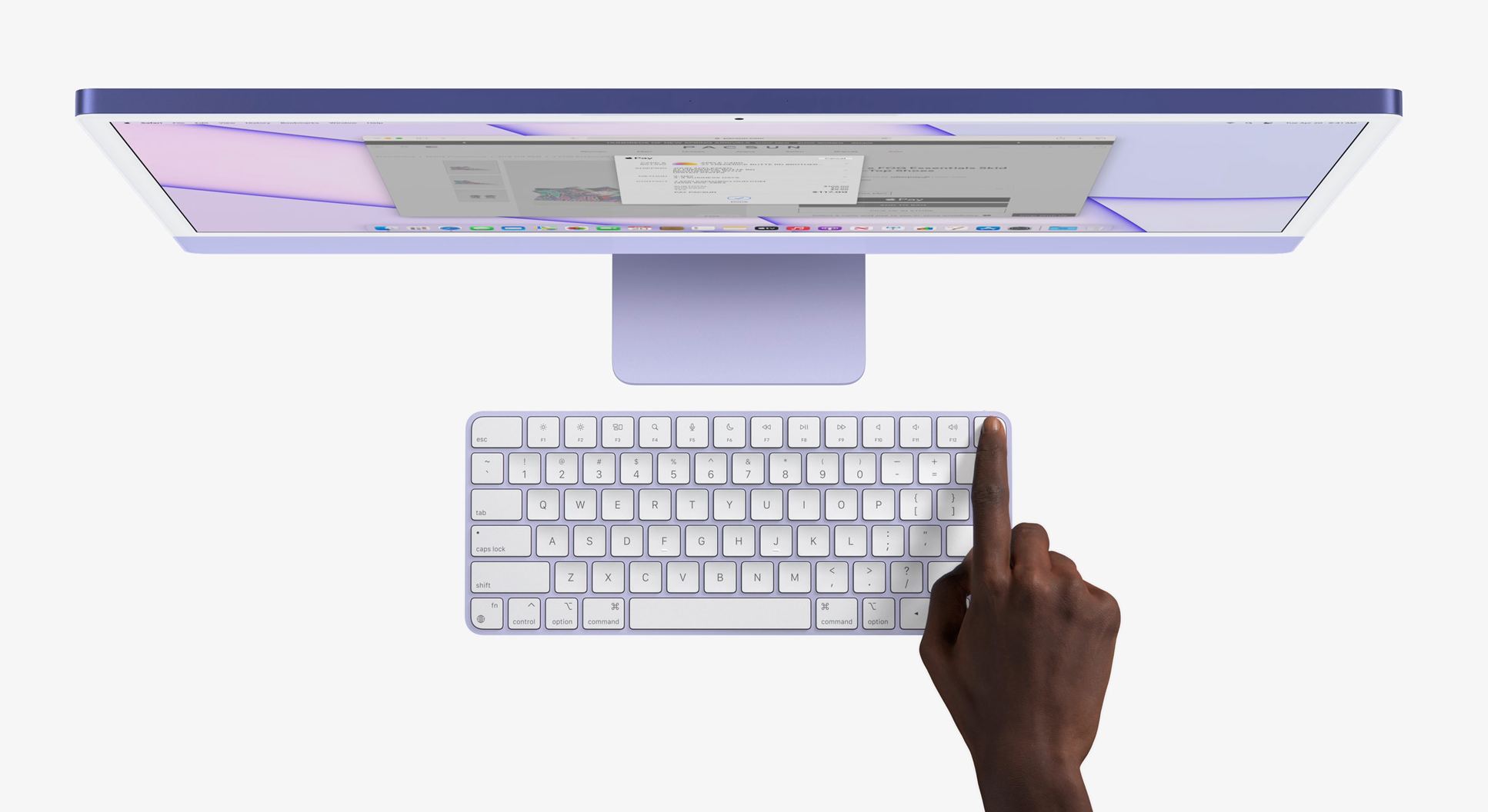 Apple unveils M1-powered iPad Pro and iMac at April 2021 event
Apple unveils M1-powered iPad Pro and iMac at April 2021 eventNews The new Apple Silicon hardware will be available to order from April 30
-
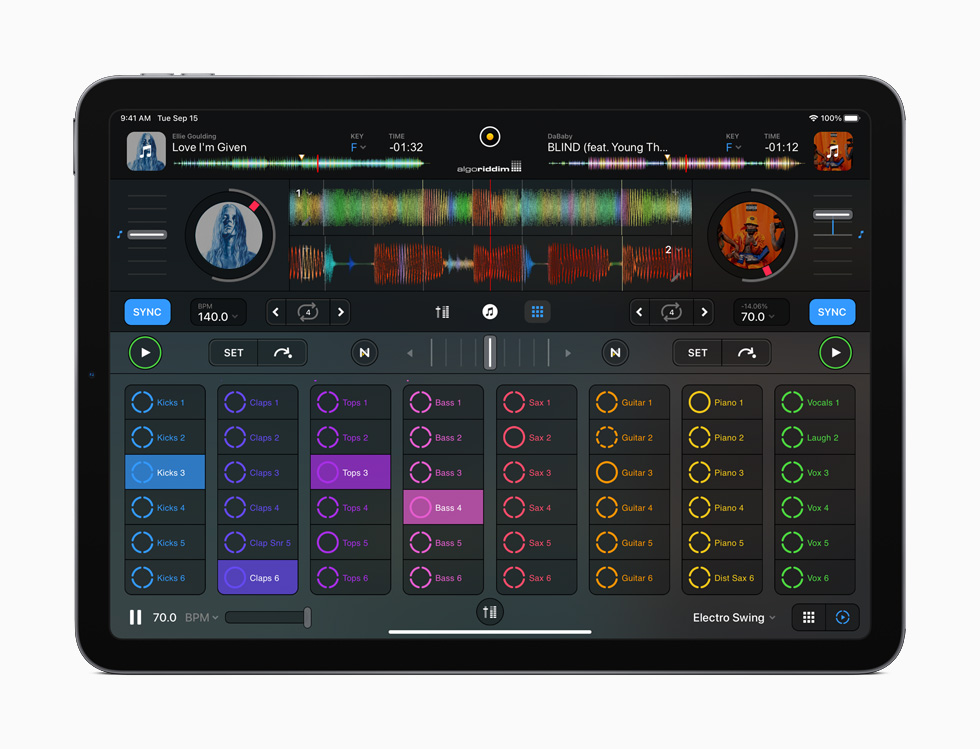 iPad Air 2020 debuts with A14 Bionic chip and USB-C
iPad Air 2020 debuts with A14 Bionic chip and USB-CNews Apple touts its latest flagship tablet as the “most powerful” iPad Air ever
-
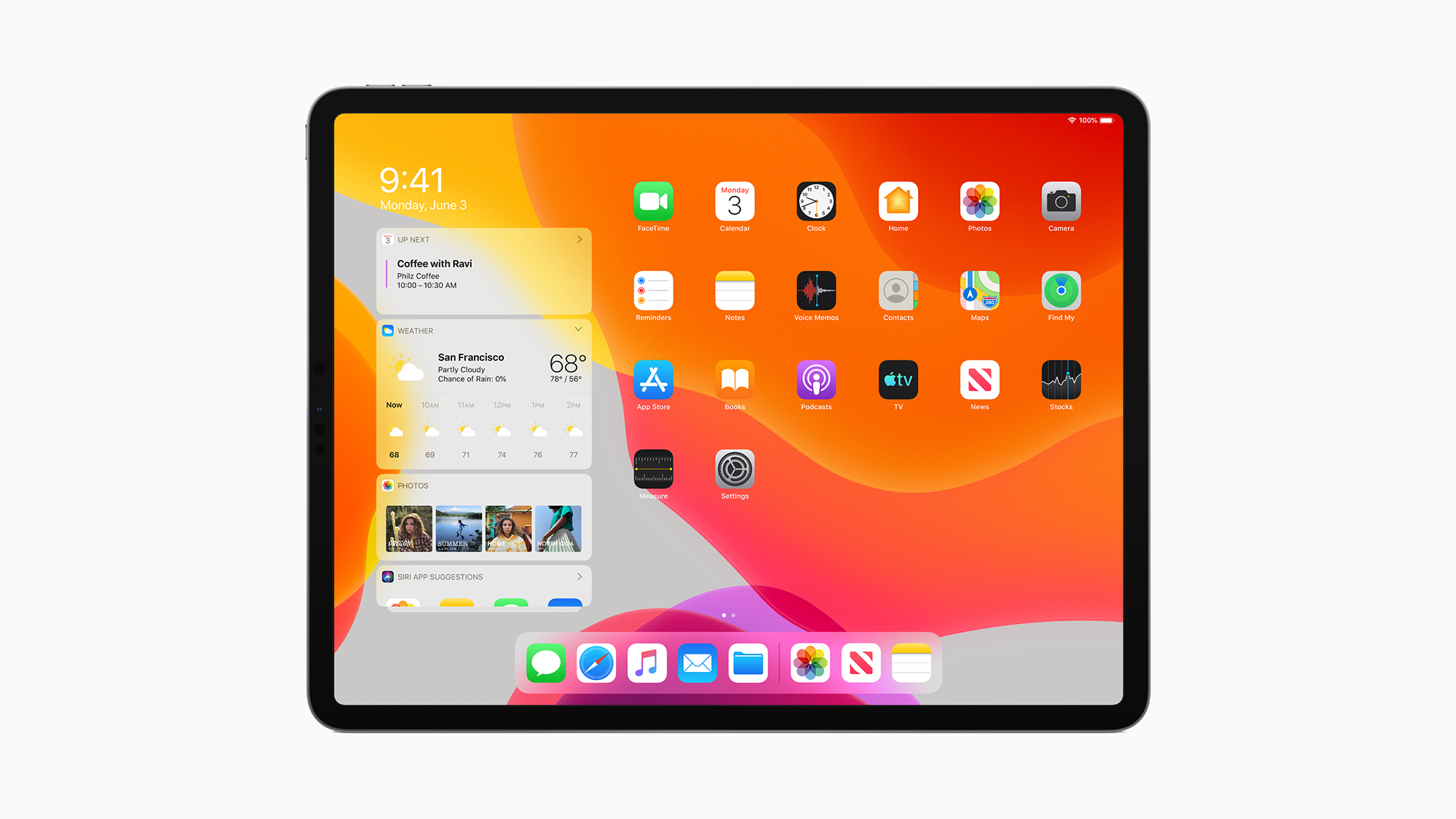 Apple reveals iPadOS at WWDC19
Apple reveals iPadOS at WWDC19News Cupertino's tablet range breaks free of iOS with new dedicated software
-
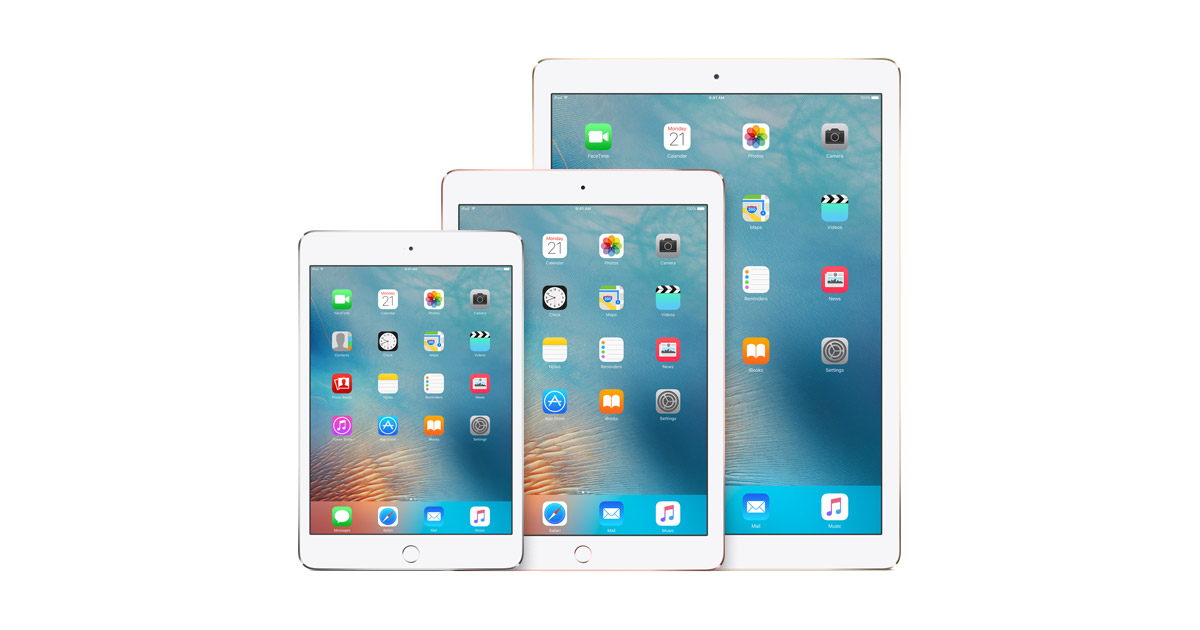 Best iPad apps for 2019
Best iPad apps for 2019Best Our collection of the best and most popular iPad apps to download in 2019
-
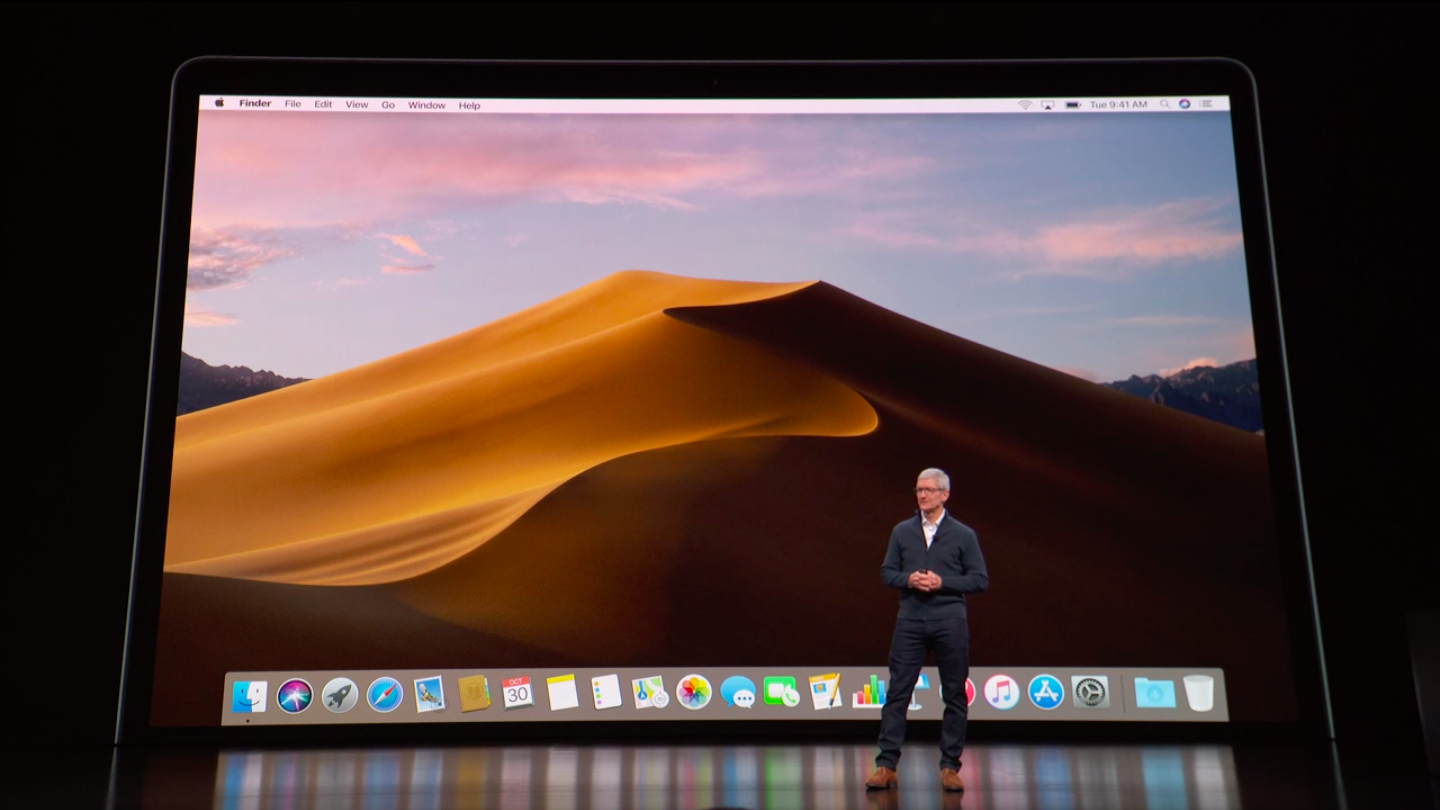 Apple Event: New MacBook Air, iPad Pro and Mac mini launched
Apple Event: New MacBook Air, iPad Pro and Mac mini launchedNews Apple appeases fans with long-requested hardware refreshes